The Samsung Galaxy Note series started way back in 2011, positioned as a note-taking device to replace the pen and paper, made obvious by campaigns such as “do you note?”. Samsung’s Note line-up have come a long way. Let’s look back and check out the evolution of the Galaxy Note once again today.
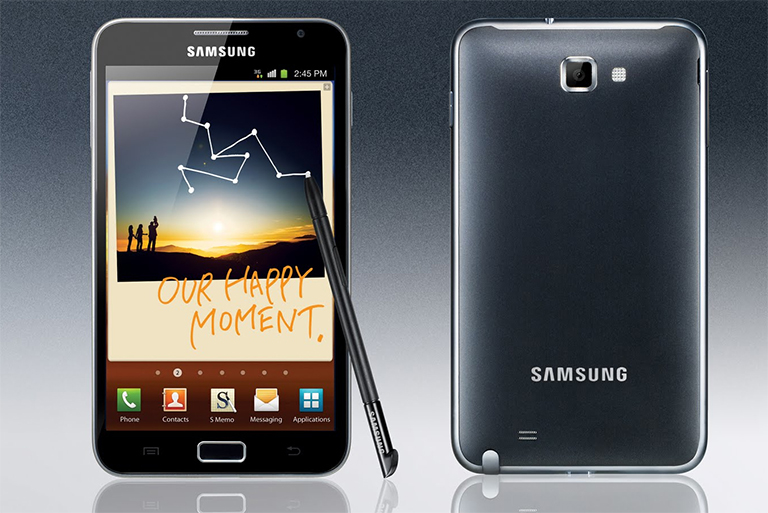
The first Galaxy Note packed an 5.3-inch display @ 800×1280 pixels, a dual-core CPU, 1GB RAM and a 2,500mAh battery — all of which, at that time, were heavy-duty specs that were hard to find. The S–Pen already offered differentiating features but, during that time, it was still hard to justify if the stylus was worth the premium; you’ll mostly want the Galaxy Note for the specs and the size.
And speaking of the size, the first Galaxy Note was massive. In 2011, Samsung’s other flagship phone was the Galaxy S2, and that ran a 4.2-inch display along with other Android phones (the iPhone was at 3.5-inches). Basically, when you picked up a Galaxy Note for a daily driver – you were crazy. (Check out our review of the Galaxy Note N7000 back in November 2011)
But Samsung wasn’t crazy. Sooner or later, everyone realized Samsung made the right bet. Phones started getting bigger, and following the success of the first Galaxy Note, the company launched its successor – the Galaxy Note 2.

The Galaxy Note 2 had a bigger 5.5-inch display (but now 720p with 16:9 aspect ratio), a quad-core CPU, 2GB RAM and a massive 3,100 mAh battery. The phone didn’t get much bigger too since it lost some bezel, and the design carried over the infamous Samsung Hyperglaze from the Galaxy S III, love it or hate it.
The Galaxy Note 2 incorporated more features into the S-Pen such as hovering, and while the design of the handset was a miss, it was very sturdy and it still packed a lot of things power users would want to get their hands on. During this time, phones were already playing around 4.5 – 4.7 inches, so 5.5 –inches was surely still huge, but no longer that huge.
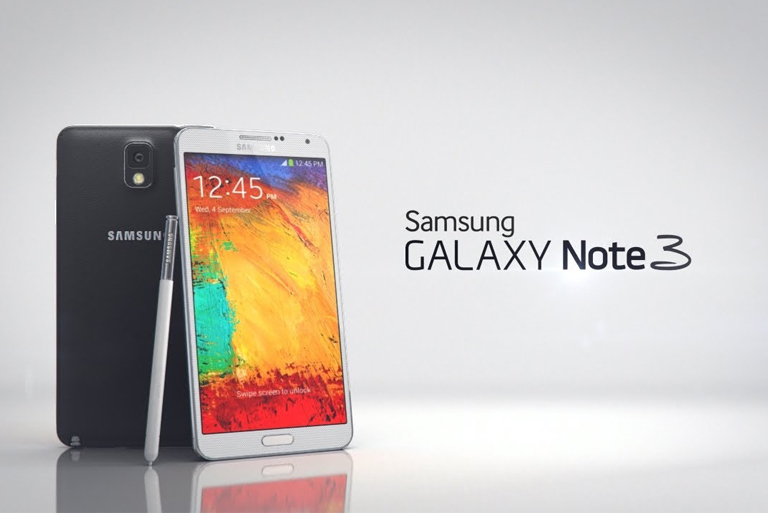
After all the criticism from hyperglaze and following the trend of smartphones increasing in size, Samsung released the Galaxy Note 3 in 2013. The Galaxy Note 3 had a larger 5.7-inch display, but the whole footprint of the phone didn’t increase in size; it was still the same as its predecessor more or less. The phone also ditched the glossy plastic for matte – the fake leather stitched back and the “metallic” sides that tried to imitate the sides of a paper notebook. To a lot of people, the design improved, but it still wasn’t there.
The Galaxy Note 3 was still the phone for power users though as it packed a 1080p display, a top of the line quad-core processor, 3GB RAM and a larger 3,200mAh battery. It was also capable of 2160p video recording.
And then, smartphones stopped getting bigger. Anyone who tried anything larger than 5.7-inches would fail miserably, and after all the disappointment with the Galaxy S5, Samsung finally released a metal smartphone – the Galaxy Note 4.
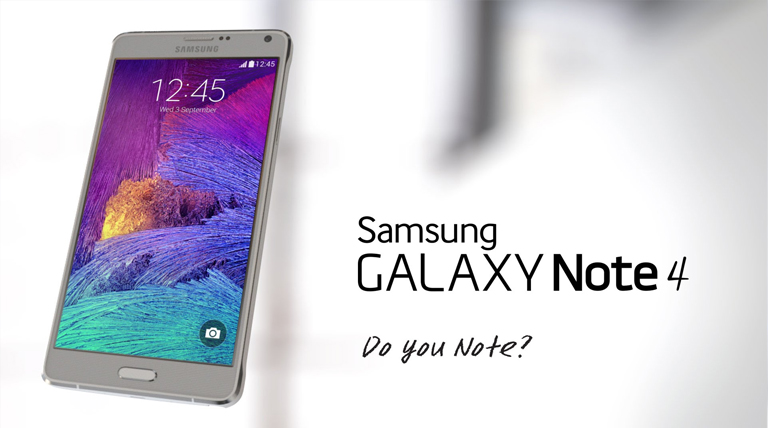
The Galaxy Note 4 still had the fake leather plastic back, but the sides were now all metal, and it made a huge difference since it was the sides that people are usually holding on to. It feels however, that Samsung was just testing the waters with this, but everything else went smoothly. The Galaxy Note 4 packed a 5.7-inch 1440 x 2560 display, an improved processor, still the same 3GB RAM and a slightly larger 3,220mAh battery.
After the Galaxy Note 4 and the well-received metal and glass Galaxy S6, we think it’s safe to say that the Galaxy Note 5 was predictable – and while it will please some people, it will surely dissatisfy others as well.
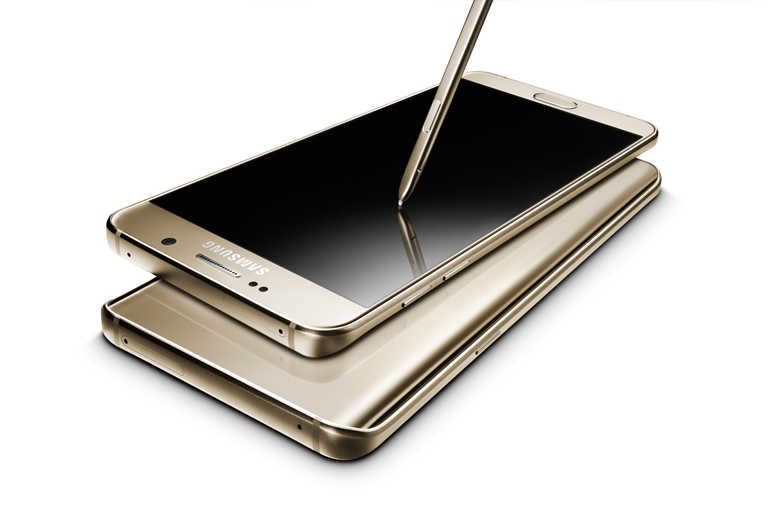
This year, with the Galaxy Note 5, Samsung dropped the removable battery and the micro SD card slot. It also reduced the battery capacity down to 3,000mAh, which tells us that the company is now facing changes as they slightly prioritize design now more than power.
The Galaxy Note 5 improves upon specs again of course, notably the increase in RAM (now 4GB), but with the changes in software and the incremental updates to the S-Pen, the direction of the Galaxy Note is changing, but still more or less familiar: the Galaxy Note is fundamentally a larger and more polished Galaxy S with a stylus, and the Galaxy Note 6 will most likely depend on the failure or success of the Galaxy S7.
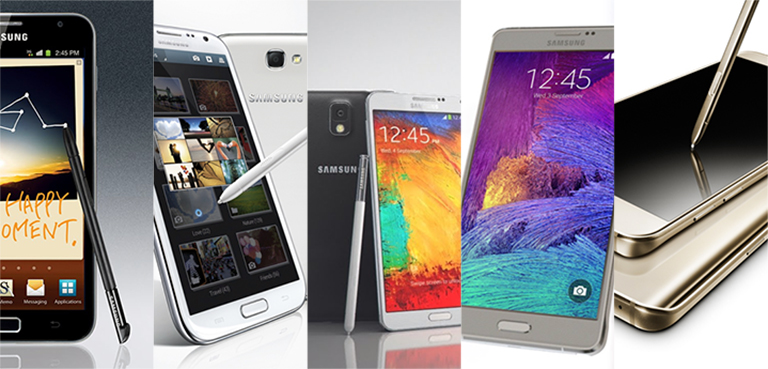

Apple, Asus, Cherry Mobile, Huawei, LG, Nokia, Oppo, Samsung, Sony, Vivo, Xiaomi, Lenovo, Infinix Mobile, Pocophone, Honor, iPhone, OnePlus, Tecno, Realme, HTC, Gionee, Kata, IQ00, Redmi, Razer, CloudFone, Motorola, Panasonic, TCL, Wiko
Best Android smartphones between PHP 20,000 - 25,000
Smartphones under PHP 10,000 in the Philippines
Smartphones under PHP 12K Philippines
Best smartphones for kids under PHP 7,000
Smartphones under PHP 15,000 in the Philippines
Best Android smartphones between PHP 15,000 - 20,000
Smartphones under PHP 20,000 in the Philippines
Most affordable 5G phones in the Philippines under PHP 20K
5G smartphones in the Philippines under PHP 16K
Alvin Santos says:
🌱 Noobs🏆1
“…which tells us that the company is now facing changes as they slightly prioritize design now more than power.”
– Which is probably the biggest mistake Samsung has ever made.
andre says:
🥉 Bronze🏆1
I would say that the Samsung Galaxy Note influenced the smartphone market as much as the original iPhone did. All phones that came before the Galaxy Note had small screens. The Galaxy Note started the HD-and-higher resolution trend, and huge screens too. Even the iPhone had to follow suit.
I remember the first time this phone came out, and it was absurdly huge. It looked weird and it was like holding your passport to your ear whenever you are using it for phone calls. But I guess it caught on because people wanted bigger screens (especially here in Singapore where a lot of people have myopia!) and wanted to watch movies on the go. The stylus didn’t really catch on but the huge screen did.
Generic says:
🌱 Noobs🏆1
I see Notes everywhere in SG. iPhones, not so much.